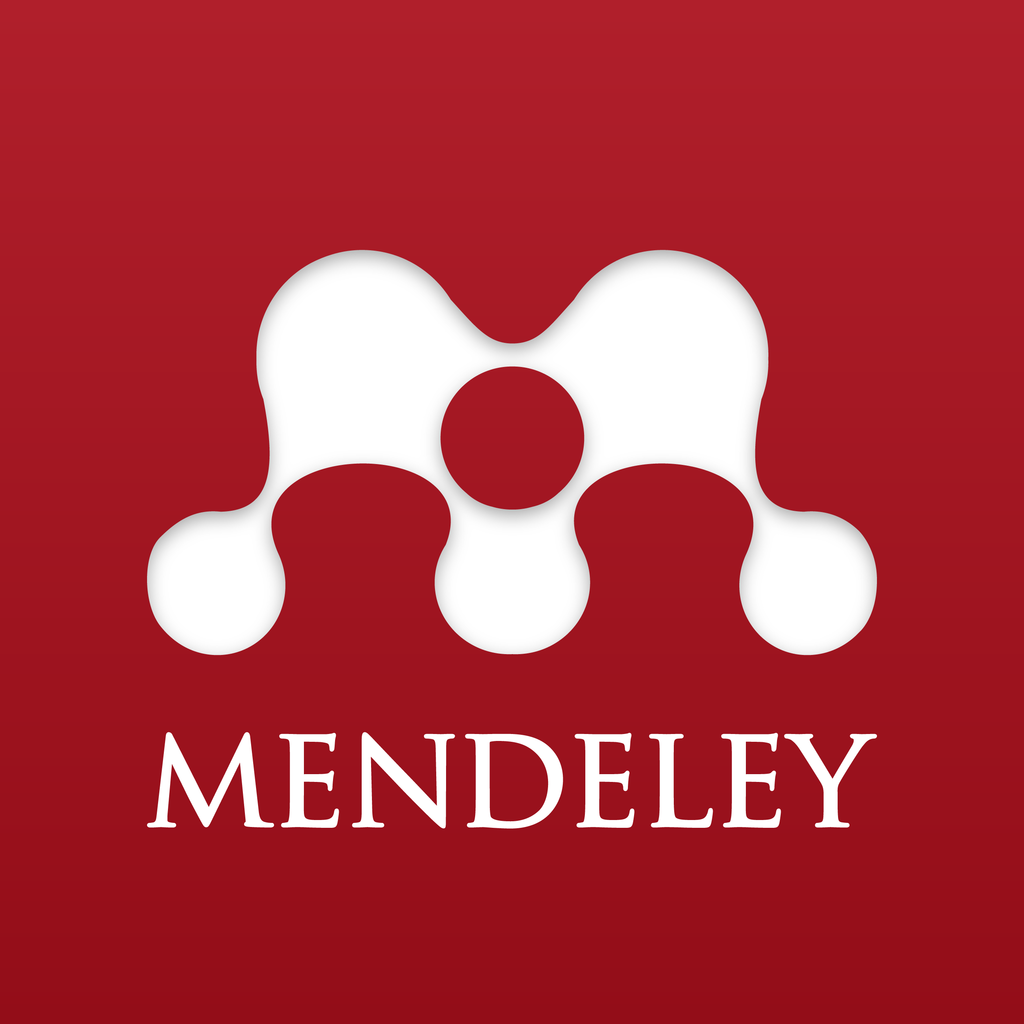The Influence of “Ubrug” Sociodrama Technique toward Students Self-Efficacy
Abstract
The study's purpose is to know the effects of the 'ubrug' sociodrama technique 'on a student's self-efficacy and the effectiveness or failure of a given technique. This type of research is a pre-experimental study using one group pre-post test design. The population taken as many as 112 students with the characteristics of class IX students (a, b, and c), aged 14-16 years, have low self-efficacy with a lack of self-confidence and slightly more closed behavior, are willing to take the time to fill out the questionnaire given, and students must be committed to the "Ubrug" sociodrama treatment. Obtained a sample of 15 students with a purposive sampling technique. The data collection method uses a self-efficacy questionnaire consisting of 34 statement items with a reliability value (count) of 0.896. The results of giving a post-test prove that there is an increase in the results obtained by students significantly. It can be concluded that the Sociodrama Technique "Ubrug" can increase the self-efficacy of IX grade students at SMPN 5 Kota Serang.
Downloads
References
Alwisol. (2009). Psikologi Kepribadian. Malang (ID): UMM Press
Anggara, F., Yusuf, A., M., & Marjohan. (2016). Efektivitas layanan bimbingan kelompok dengan modeling dalam meningkatkan efikasi diri siswa dalam menghadapi ujian. Jurnal Konselor, 5(1), 42-49.
Bandura, A. (1986). Social foundations of thought and action. Englewood Cliffs, NJ: Prentice Hall.
Bandura, A. (1997). Self-efficacy: The exercise of control. New York (US): Freeman and Company.
Blatner, A. (2006). Enacting the new academy: Sociodrama as a powerful tool in higher education. ReVision: A Journal of Consciousness & Transformation, 28 (1), 20-36
Cooper, & Schindler. (2014). Bussiners Research Method. New York(US): McGrawHill
Darajat, Z. (2011). Metodik Khusus Pengajaran Agama Islam. Jakarta(ID): Bumi Aksara.
Djannah. W., & Edy. D. (2012). Bimbingan Kelompok Teknik Sosiodrama Untuk Meningkatkan Interaksi Sosial Dengan Teman Sebaya. Universitas Sebelas Maret, Jurnal Bimbingan. 1(2), 145-165
Djumhur, & Moh, S. (1975). Bimbingan dan Penyuluhan di Sekolah. Bandung(ID): CV Ilmu.
Eckloff, & Maurine. (2006). Using Sociodrama to Improve Communication and Understanding. Etcetera: A Review of General Semantics. 63(3), 259-269
Gay, L. R., & Diehl, P. L. (1992). Research Methods for Business and Management. . New York(USA): MacMillan Publishing Company
Humeira, Y. (2014). Keefektifan layanan bimbingan kelompok dengan teknik bermain pean untuk meningkatkan efikasi diri dalam belajar siswa kelas VIII SMP Negeri 5 Surakarta. [Skripsi]. Program Studi Bimbingan dan Konseling. Universitas Sebelas Maret: Tidak Diterbitkan.
Hurlock, E. B. (1980). Psikologi Perkembangan: Suatu Pendekatan Sepanjang Rentang Kehidupan. Jakarta(ID): Gramedia.
Lahey, B. (2004). Psychology An Introduction. New York(USA): McGraw Hill Companies Inc
Mahardika, S. (2019). Pengaruh teknik sosiodrama terhadap efikasi diri akademik siswa kelas X Aministrasi Perkantoran (APk) SMK Pemuda Papar. Skripsi. Program Studi Bimbingan dan Konseling. Universitas Nusantara PGRI Kediri: Tidak Diterbitkan
Mahmudi, M. H., & Suroso. (2014). Efikasi diri, dukungan sosial, dan penyesuaian diri dalam belajar. Jurnal Psikologi Indonesia, 3(2), 183 -194.
Nur’aini, E. P. (2014). Pengembangan model bimbingan kelompok dengan teknik sosiodrama untuk meningkatkan penyesuaian diri siswa. Jurnal Bimbingan Konseling, 3(2), 109-110
Prasetya, D. (2019, October 4). Gelar sidak, Wali Kota Serang temukan pelajar merokok di warkop saat jam belajar. Diakses dari https://www.merdeka.com/peristiwa/gelar-sidak-wali-kota-serang-temukan-pelajar-merokok-di-warkop-saat-jam-belajar.html
Prayitno. (1995). Layanan Bimbingan dan Konseling Kelompok Dasar Dan Profil. Jakarta(ID): Rineka Cipta
Romlah, & Tatiek. (2013). Teori dan Praktek Bimbingan dan Konseling Kelompok. Malang (ID): Universitas Negeri Malang Press
Sanjaya, H. W. (2012). Strategi Pembelajaran Berorientasi Standar Proses Pendidikan, Jakarta(ID): Kencana Prenada Media Group
Seha, N., Bachtiar, A., Oktaviantina, A. D., Rukmini, & Sehabudin (2014). Fungsi teater rakyat ubrug bagi mahasiswa Banten. Jurnal Atavisme Edisi 2014, 17(1), 108-109. Doi: 10.24257/atavisme.v17i1.23.107-120
Sekaran, Uma, & Bougie, R. (2017). Metode Penelitian untuk Bisnis Pendekatan Pengembangan-Keahlian. Jakarta(ID): Salemba Empat.
Sudjana, N. (2005). Dasar-Dasar Proses Belajar Mengajar. Bandung(ID): Sinar Baru Algesindo.
Sugiyono. (2017). Metode Penelitian Kuantitatif, Kualitatif, dan R&D. Bandung(ID): CV Alfabeta.
Syaefullah, & Syaefullah, I. (2015). Upaya meningkatkan efikasi diri akademik melalui diskusi kelompok pada siswa kelas VIII di SMP Negeri 3 Bukateja Purbalingga. [Skripsi]. Program Studi Psikologi Pendidikan dan Bimbingan. Universitas Negeri Yogyakarta: Tidak Diterbitkan
Telesco, G. A. (2006). Using sociodrama for Radical Pedagogy: Methodology for Education and Change. Journal American Intercontinental University, 8(2), 1
Webster, C.C. & P.N Wilson. (1973). Agriculture in The Tropic. London: Iowe and Brydone Ltd.
Winarlin, R., Lasan, B. B., & Widada (2016). Efektivitas teknik sosiodrama melalui bimbingan kelompok untuk mengurangi perilaku agresif verbal siswa SMP. Jurnal Kajian Bimbingan dan Konseling, 1(2), 68-73. eISSN: 2503-3417
Winkel, W. S. (1993). Psikologi Pendidikan dan Evaluasi Belajar. Jakarta(ID): Gramedia
Wirawan, S., & Eko, A. (2009). Psikologi sosial. Jakarta(ID): Salemba Humanika
Wood, R. E., & Bandura, A (1989). Social cognitive theory of organizational management. Academy of Management Review, 14(3), 361-384. DOI: 10.5465/AMR.1989.4279067
Yusuf, A. M. (2016). Metodologi Penelitian Kuanti, Kuali dan Penelitian Gabungan. Jakarta(ID): Prenada Media Group.
Authors who publish with this journal agree to the following terms:
- Authors retain copyright and grant the journal right of first publication with the work simultaneously licensed under

This work is licensed under a Creative Commons Attribution 4.0 International License. that allows others to share the work with an acknowledgement of the work's authorship and initial publication in this journal. - Authors are able to enter into separate, additional contractual arrangements for the non-exclusive distribution of the journal's published version of the work (e.g., post it to an institutional repository or publish it in a book), with an acknowledgement of its initial publication in this journal.
- Authors are permitted and encouraged to post their work online (e.g., in institutional repositories or on their website) prior to and during the submission process, as it can lead to productive exchanges, as well as earlier and greater citation of published work (See The Effect of Open Access).



_001.png)



